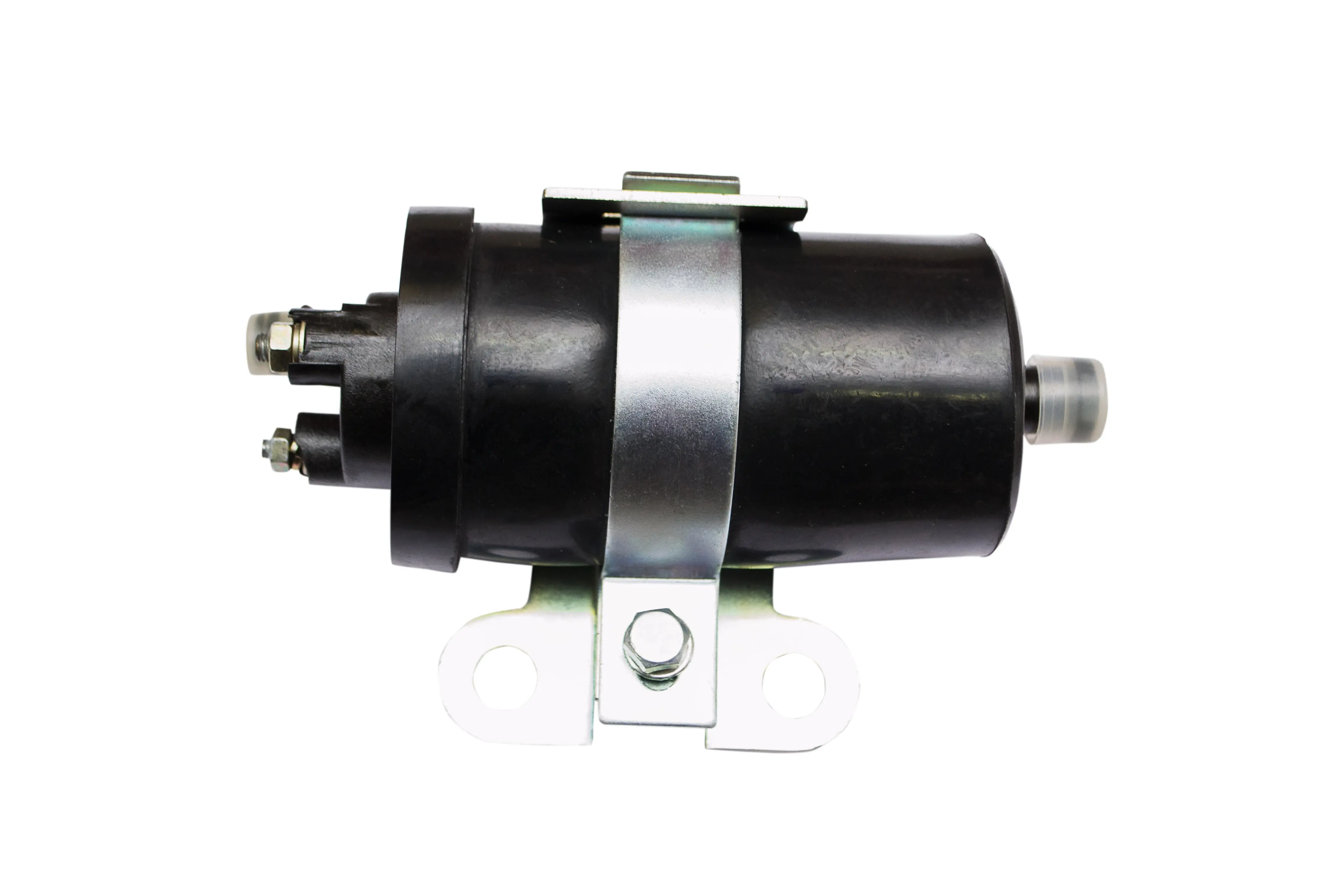If your car’s fuel pump has gone bad—but hasn’t completely stopped working—you should still be able to start it by applying manual pressure, attaching a fuel pressure gauge, or making sure the engine receives consistent heat.
QUICK LOOK
- Your car won’t run without a working fuel pump, a critical part of the fuel system.
- Over time, fuel pump motors can degrade or malfunction, leading to a fuel pump failure that can make it difficult or impossible to start your car.
- Apply external manual pressure to the fuel pump to get your car to start if this component is failing
The purpose of a fuel pump
The fuel pump in your vehicle pumps fuel from the tank to the engine, and can either be mechanically or electrically powered.
- Mechanical fuel pumps: Use a low-pressure system to move fuel from the tank through the carburetor, and are typically located on the outside of the gas tank.
- Electrical fuel pumps: Send a strong, positive electrical current through the fuel lines, forcing the fuel out of the tank and into the engine.
Both pump types help maintain the crucial air-to-fuel ratio that makes the combustion process possible in internal combustion engines.
If you’re dealing with a faulty fuel pump, the results are either too much or not enough fuel being pumped into the engine—which throws off the ratio and worsens your car’s performance.
In the event your fuel pump fails altogether, you will not be able to start your vehicle at all.
How to start a car with a bad fuel pump
Generally speaking, there is one reputable way of starting a failing fuel pump: applying manual external pressure.
There are also two other possible ways, but they may give mixed results:
- Manual external pressure: This manually replicates the pressure needed to start your car by applying an external pressure source. Hook up an air pump to your gas tank and run it until the tank becomes pressurized.
- Maintain consistent engine temperature: Very high temperatures are a sign that your fuel pump may be going bad, so one thing you can try is to let the engine cool down a bit. This will allow the fuel pump to reset without the need for pressure.
- Attach a fuel pressure gauge: If you have one or decide to buy one, attach a fuel pressure gauge to your car’s engine. This will allow you to diagnose whether the pump is actually bad and can help to get your engine started again.
The only method here that always works is to apply manual external pressure. If you’re committed to DIY auto repair, the other two methods may be worth a shot—but they might not always work.
Signs of a bad fuel pump
Now that you know what the fuel pump is and what it does, you can learn how to recognize when it starts to go bad. Here are some common symptoms of a bad fuel pump:
- Loud whining noise: One of the first signs of a bad fuel tank is hearing a loud whining noise (rather than the usual low hum) coming from the fuel tank. This whining noise can indicate that your engine isn’t receiving the correct amount of fuel from your tank.
- Hard start: If your engine cranks or has difficulty starting, your fuel pump may be suffering from advanced wear and tear. Over time, your fuel pump is exposed to impurities and contaminants that naturally wear down its integrity as time goes on. The average fuel pump needs to be replaced every 100,000 miles.
- Loss of power: If your car starts to lose power when accelerating or driving up a hill, the fuel pump is likely at fault.
- Poor fuel economy: If you start noticing your gas mileage decreasing, your fuel pump may have a faulty valve that is allowing more fuel than necessary to escape the tank.
- Stalling in warm temperatures: If your vehicle stalls or the engine’s sputtering—even when temperatures are high—you’re probably dealing with a faulty fuel pump.
FAQ
-
Will a car start with a bad fuel pump?
-
What does a car with a bad fuel pump sound like?
Andrew Biro is an insurance writer specializing in car insurance and car ownership. Andrew’s mission is to provide informative, concise content car owners can use to save money on car-related expenses. Andrew’s nearly 300 Jerry articles span a range of topics from car maintenance how-tos to how car insurance discounts work. Prior to joining Jerry, Andrew completed a B.A. in cultural anthropology from UNC-Greensboro.
Kathryn is an insurance writer and recent graduate from Penn State University, with a Bachelor\\\\\\\’s in Women\\\\\\\’s and Gender Studies. During her time as a student, she completed a number of written projects, including her undergraduate thesis, \\\\\\\”#SUGARBABIES: Women\\\\\\\’s Negotiation of Agency and Sugar Culture on TikTok\\\\\\\” which is currently under review for publishing at the Journal of Undergraduate Research. Her first car was a green 1997 Subaru Impreza that she bought off of craigslist and named Delilah.





